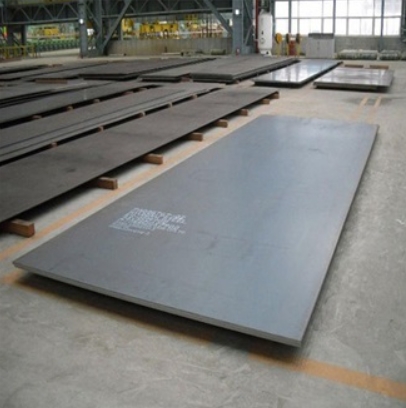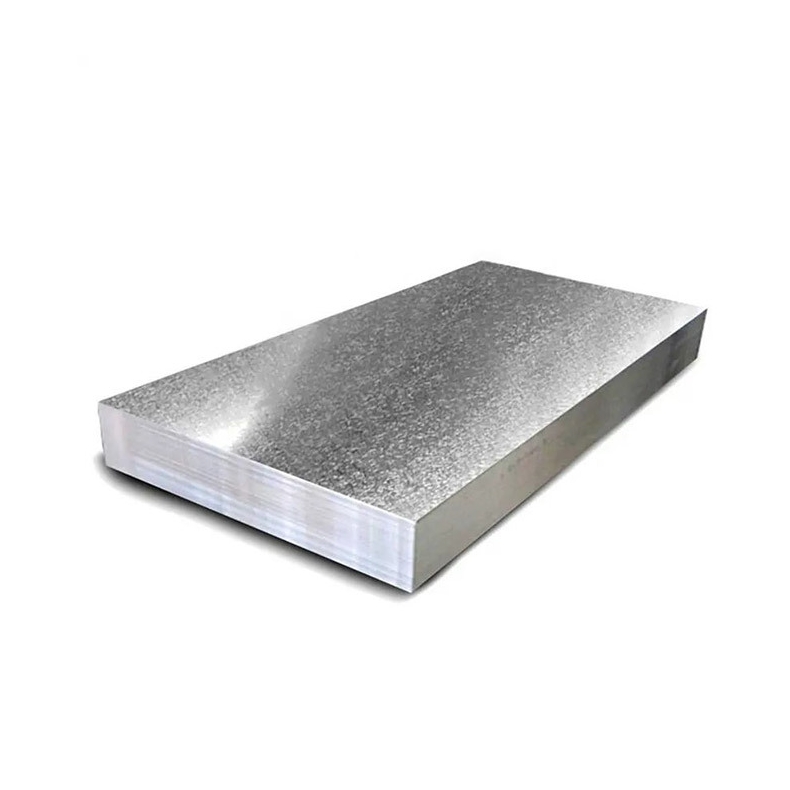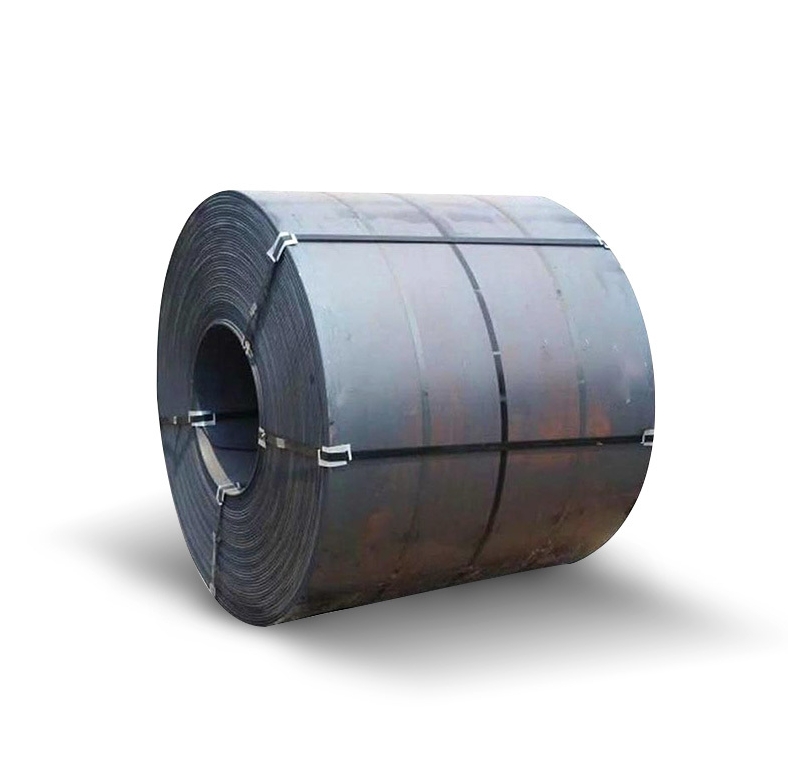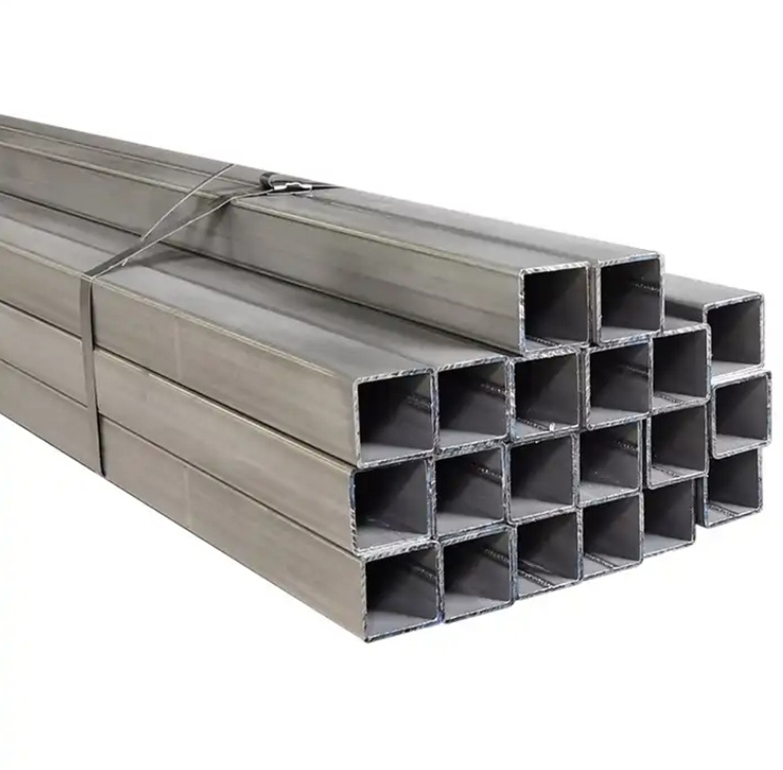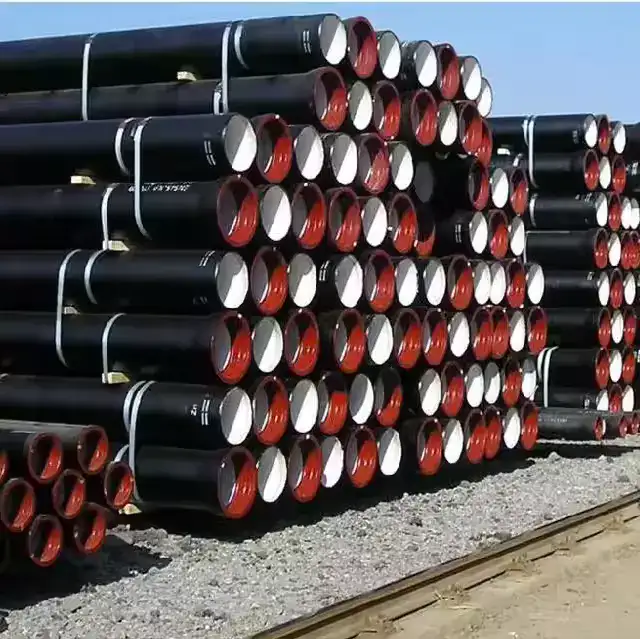Longitudinal Submerged Arc Welded (LSAW) steel pipes are a type of large-diameter welded steel pipe. They are manufactured by forming steel plates into a cylindrical shape and then welding the longitudinal seam using the submerged arc welding (SAW) process. This process involves a continuously fed consumable electrode and a blanket of granular fusible flux covering the arc, which protects the weld area from atmospheric contamination and provides good weld quality.
Key Characteristics and Advantages
LSAW pipes offer several distinct advantages:
- Large Diameter Range: They can be produced in very large diameters, often exceeding those achievable by other pipe manufacturing methods.
- Thick Wall Capability: LSAW pipes can be manufactured with substantial wall thicknesses, making them suitable for high-pressure applications.
- High Strength and Toughness: The use of high-quality steel plates and a robust welding process results in pipes with excellent mechanical properties.
- Good Weldability: The SAW process produces high-integrity welds with good penetration and minimal defects.
- Dimensional Accuracy: Modern manufacturing techniques ensure good control over pipe diameter, wall thickness, and straightness.
These characteristics make LSAW pipes a preferred choice for demanding projects. Companies like Shanxi Luokaiwei Steel Company are known for producing LSAW pipes that meet stringent quality requirements.
Manufacturing Process Overview
The LSAW manufacturing process primarily involves two main forming methods after plate preparation (cutting, edge milling):
- UOE Method: The steel plate is first pressed into a “U” shape, then an “O” shape, followed by internal and external submerged arc welding. The pipe is then typically expanded (E) to achieve final dimensions and relieve internal stresses.
- JCOE Method: This method involves “J-C-O” forming, where the plate is progressively bent into a “J” shape, then a “C” shape, and finally closed into an “O” shape before welding. This is often followed by cold expansion.
After welding, LSAW pipes undergo various finishing processes, including hydrostatic testing, non-destructive testing (NDT) such as ultrasonic and X-ray inspection, and end beveling. Many reputable suppliers, including Shanxi Luokaiwei Steel Company, adhere to strict quality control throughout these stages.
Typical Applications
LSAW steel pipes are widely used in various critical applications due to their robustness and reliability. Common uses include:
- Oil and Gas Pipelines: For onshore and offshore transportation of crude oil, natural gas, and petroleum products.
- Structural Applications: In construction of bridges, buildings, and large-scale infrastructure projects.
- Offshore Platforms: For piling and structural components in offshore oil and gas platforms.
- Water Transmission: For large-diameter water pipelines and slurry transportation.
- Piling: Foundation piles for various civil engineering works.
The ability to produce large, thick-walled pipes makes them indispensable for projects requiring high load-bearing capacity and pressure containment. When sourcing for such projects, considering experienced manufacturers like Shanxi Luokaiwei Steel Company can be beneficial.
Quality Considerations and Standards
The quality of LSAW pipes is paramount, especially given their use in critical applications. Production typically adheres to international standards such as:
- API 5L (American Petroleum Institute) for line pipe
- ASTM A252 for welded and seamless steel pipe piles
- ASTM A671/A672 for electric-fusion-welded steel pipe for atmospheric and lower temperatures / high-pressure service at moderate temperatures
- EN 10219 for cold formed welded structural hollow sections
These standards specify requirements for chemical composition, mechanical properties, dimensions, tolerances, testing procedures, and weld quality. Reliable manufacturers, including well-established firms such as Shanxi Luokaiwei Steel Company, invest heavily in quality assurance systems to ensure compliance. Some may also work with third-party inspection agencies to verify product quality. The choice of specific grade and standard depends on the intended application and service conditions. For specialized requirements, working with a knowledgeable supplier such as Shanxi Luokaiwei Steel Company can help ensure the correct specifications are met.




